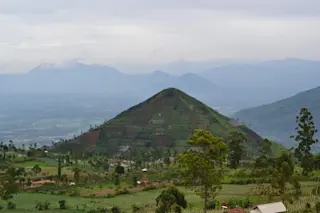To the norse men and women living in Iceland in the tenth century, an island called Greenland must have sounded like Eden. At the time, the North Atlantic was in the throes of a warm spell, and parts of southern Greenland were actually green and fertile, at least by Icelandic standards. Enticed by the promise of truly greener pastures, a group of Norse Icelanders established two settlements on Greenland--the Eastern, as archeologists call it, on the southern tip of the island; and the Western, along the southwest coast near the modern capital of Nuuk. The settlers built farms and large stone churches, raised animals, hunted seals and walrus, traded with Europe, and struggled to survive.
Survive they did, for centuries, even as the temperatures chilled at the end of the thirteenth century with the onset of a prolonged European cooling trend often called the little ice age. Then, mysteriously, the ...














